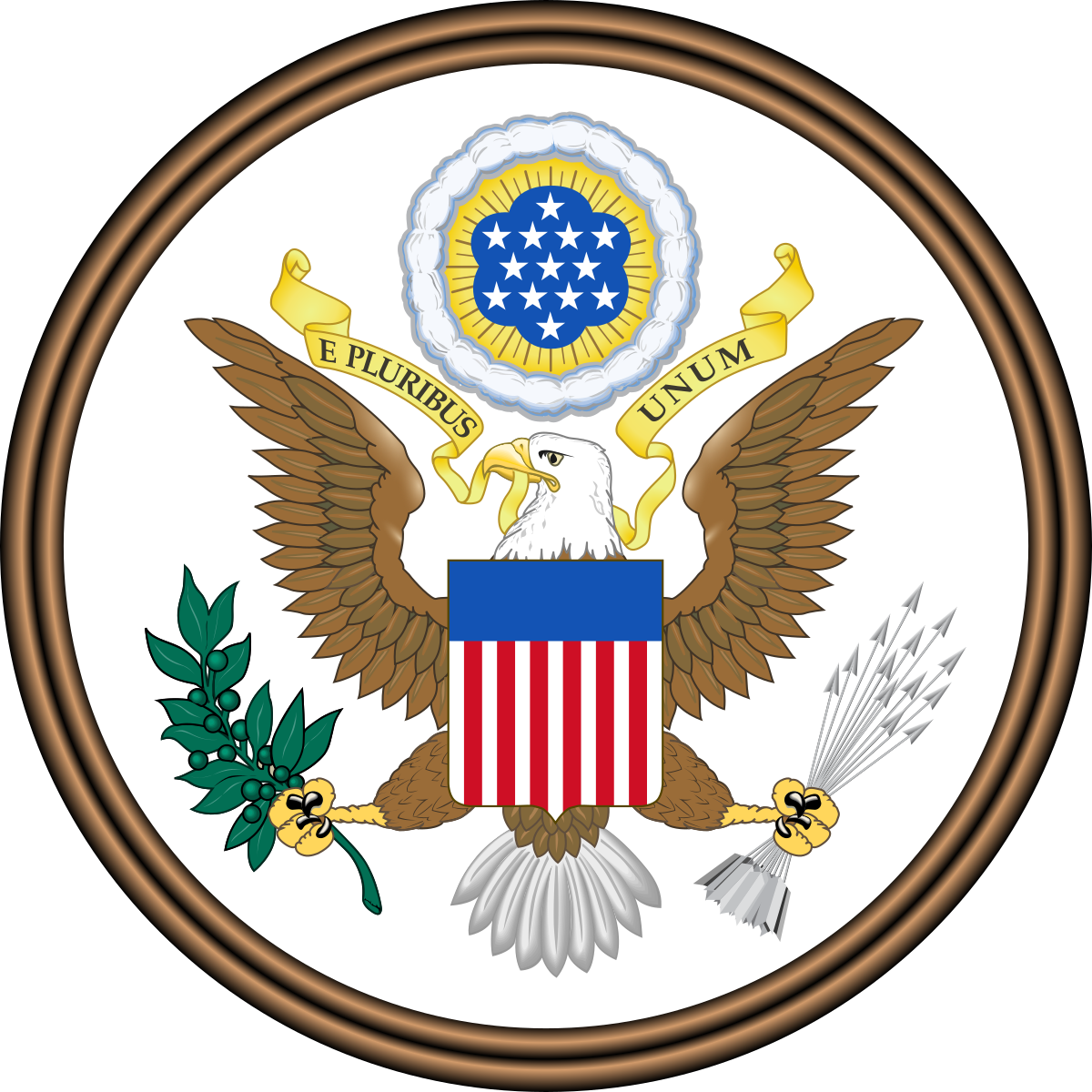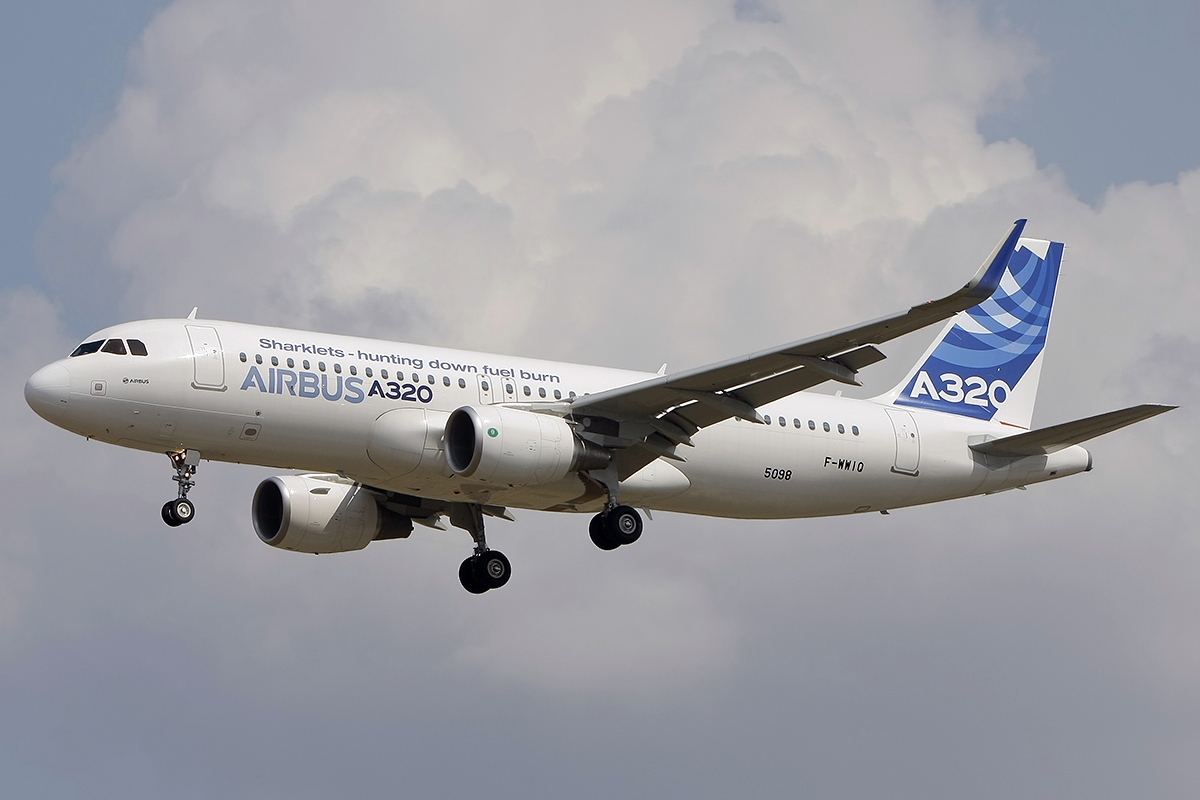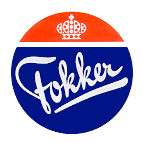Let me throw my two cents about this.
We tend to forget the miserable misery in which Europe airliner industry (France & GB & Europe, minus Fokker peculiar case) was by 1975.
France alone had, not one, but three (or even four !) expensive airliner failures to manage
- Concorde
- Dassault Mercure
- Aerospatiale Corvette (a bizjet, admittedly)
- Airbus A300
Yes, Airbus was going the same (dinosaur doom) way before 1977: all hail and may God bless First Man Around The Moon turned Eastern Airlines CEO: we love you,
Frank Borman !)
In passing, THIS was a major earthquake that shook US airlines industry to the core.

en.wikipedia.org
So what happened ? it created a gapping hole in the airliner market. At the 260 passengers mark, medium range.
- 747 even SP, was too big with too many engines
- DC-10 and Tristar were trijets, and too big
- DC-8 -63F was the one and only option, but it was veeeeeery old with four fuel guzzling old jet engines.
- 767 was Boeing perfect answer, except it was post 1982 - tooo late, deregulation 1978: airlines can't wait.
- Airbus through lot of intelligence and some luck too, happens to have the A300 ideally suited to fill the "deregulation glaring hole". Frank Borman was a smart guy and saw it coming right from 1977. And thus he opened the Pandora Box, and introduced the wolf among the sheeps: he unlocked the US market to Airbus. And from this moment on, it was kind of unstoppable tidal wave.
Bottom line: from 1969 to 1977 (first flight happened in October 1972) the Airbus A300 wasn't a particularly attractive investment of public or private money. That's the sticky point.
I can understand why you British bailed out of it, and I say that as a frenchman ROTFL. Between GB economic hardships of the 1970's, plus Concorde commercial cataclysm, plus the A300 dubious business case before 1977... yeah, it makes some sense.
Could have became another Mercure (the horror !). Or another Concorde (the horror, the horror).
Heck, even a Caravelle or Bac 1-11 or Trident level of relative success (low hundreds number of airframes) wouldn't be enough to get a decent ROI.
There was another major issue lurking in the shadows, that Airbus had to fight hard to solve.
Boeing and MDD were tooled to churn airliners by the thousands - see the number of 707s, 727, DC-9 manufactured.
The full and entire European airliner industrial base usually churned some hundreds (less than 500, and I'm generous there) number of any airframe.
It took Airbus until the 1990's to churn their first airliner in the thousands, somewhat like sausages: that was the A320. And still is - the sheer number manufactured since 1987 is truly mind blowing.

en.wikipedia.org
| Number built | 10,692 as of 31 December 2022 |
|---|
The below link numbers was properly unthinkable in 1969, 1975, or even 1987.
Airbus releases commercial results in a monthly “Orders & Deliveries” report, which lists all firm aircraft transactions – including executive and private jetliners.

www.airbus.com
17558 airliners (of which:
10 000 build, 7000 more in the pipeline)
Compares that to good old Caravelle:
282 airframes ! Geez, that almost
sixty times more.
Airbus galactic success nowadays seems routine.
But only 40 years ago, it was far from being obvious - Airbus could have become another MDD, that is Boeing punching bag.
And 50 years ago it was even less obvious.




